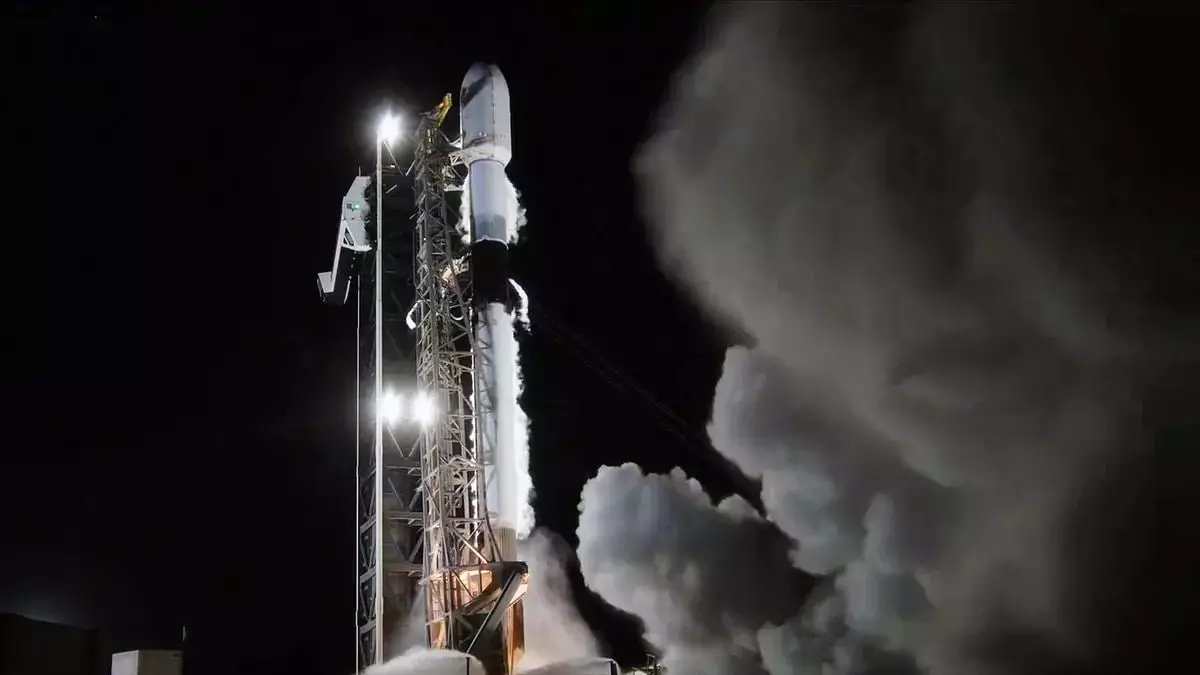On April 21, a groundbreaking moment unfolded in the realm of aerospace innovation as SpaceX’s Falcon 9 rocket launched from Cape Canaveral Space Force Station, embarking on its Bandwagon-3 mission. This wasn’t just another payload delivery; it marked a pivotal shift in European aerospace with the introduction of Phoenix 1, an ambitious reentry capsule from the German company Atmos Space Cargo. As the first of its kind from Europe designed to reenter Earth’s atmosphere and safely splash down after a mere orbit, Phoenix 1 is not just a capsule but a bold statement about the future of space logistics and exploration.
European Aspirations in Aerospace
The significance of this launch extends beyond the impressive engineering feat it represents. It’s a symbol of Europe’s aspirations to carve out a formidable presence in space technology, realms that have traditionally been dominated by their American counterparts. Atmos Space Cargo’s mission encapsulates an innovative vision to revolutionize space logistics. The promise to enhance microgravity research, in-orbit manufacturing, defense applications, and life sciences illustrates a comprehensive approach to utilizing space as a vital resource for various earthbound industries. This forward-thinking ethos pushes the boundaries of what we currently perceive as possible.
The Challenge of Atmospheric Reentry
The road to successfully achieving atmospheric reentry is fraught with challenges, making Phoenix 1’s mission particularly noteworthy. While the capsule is designed to test essential technologies, including an inflatable heat shield that aims to safely return high-value cargo from space, the stakes are high. A successful reentry would not only validate the engineering behind Phoenix 1 but also usher in a new era of opportunities for European space endeavors. It stands as a beacon of hope amidst a crowded landscape, proving that innovation can arise from collaborative spirits within the private sector.
Collaborative Launch Dynamics
An interesting aspect of this mission is how it aligns with SpaceX’s commitment to facilitating diverse and forgiving access to low Earth orbit through its ridesharing programs. Bandwagon, alongside the more traditional Transporter series, represents a nuanced approach to satellite deployment. SpaceX is cleverly adapting to the varying needs of different stakeholders, ensuring that even smaller projects, such as Tomorrow-S7—a satellite for weather monitoring—get their moment in the limelight. This evolution in launch strategy illustrates a trend towards micro-collaborations that can yield significant advancements without requiring massive capital investments.
A Trailblazing Future Ahead
Looking ahead, a successful mission for Phoenix 1 could fundamentally reshape the landscape for European space companies. It could act as a catalyst for further innovations and open pathways for enriched partnerships between commercial entities and scientific institutions. It’s not only about proving technical capabilities in atmospheric reentry; it’s about preparing for a future where Europe’s aerospace sector isn’t just participating in the space race but is a formidable contender. The potential ramifications for research, development, and commercialization in the continent are boundless.
With each successful mission, Europe inches closer to becoming a powerhouse in space exploration, proving to skeptics that when ambition meets innovation, the sky is not the limit—it’s just the beginning.


Leave a Reply